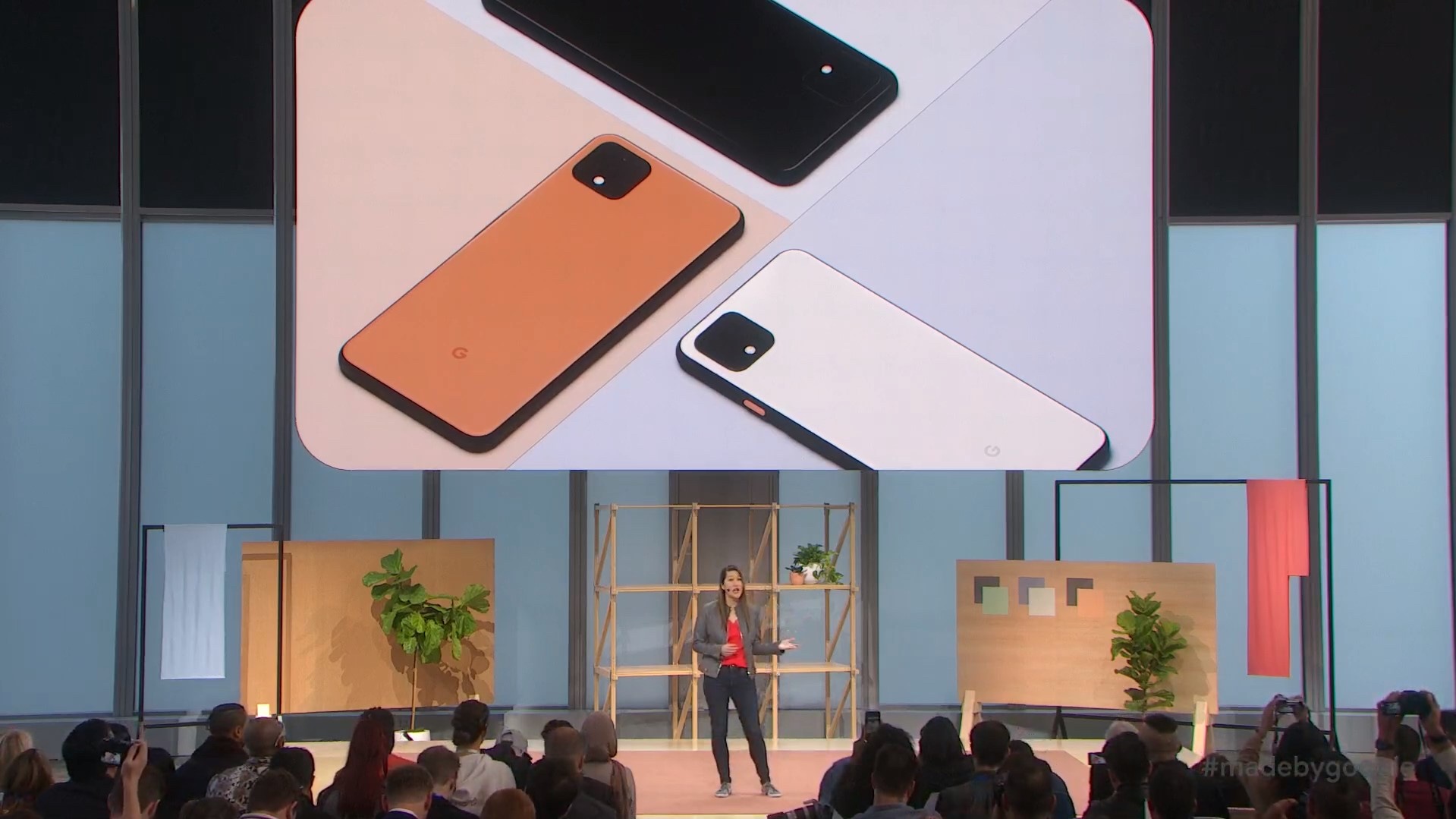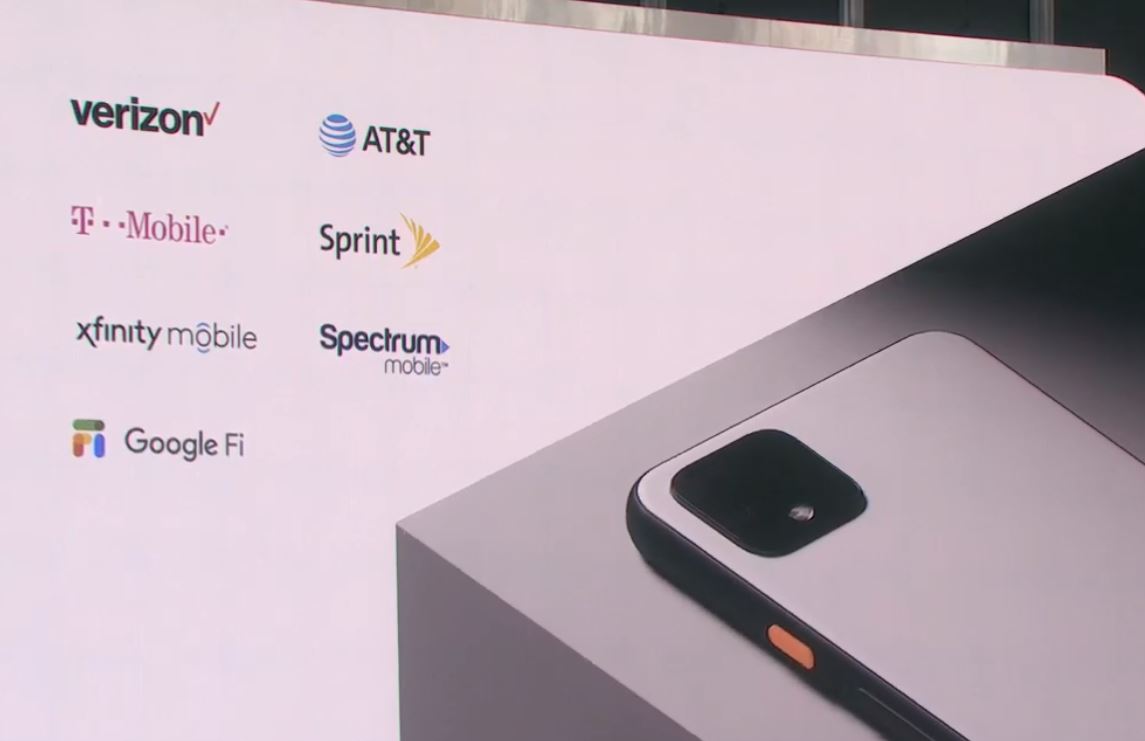The Pixel 4 Has a Secret Weapon (And It's Not Hardware or Software)
Will snagging all the carriers be enough?

When launching the Pixel 4 this past week, Google outlined many reasons why people should buy its new phone. But the most important thing the company may have done is give them more ways to do the actual buying.
For the first time ever, Google's flagship phones will be available from each of the four major carriers in the U.S., with the Pixel 4 starting at $799 and the Pixel 4 XL available for $100 at $899. Xfinity Mobile and Spectrum Mobile — the wireless services for the nation's biggest cable providers — are selling the Pixel 4. And Visible, the Verizon-owned discount carrier, says it will offer Google's new phone, too, when it becomes available Oct. 24. That's a lot of places where you can order the Pixel 4, and that's before you consider retailers like Amazon, Best Buy, and Google's own store.
More importantly, it's a sharp contrast to how Google has handled Pixel launches in the past. Prior to the Pixel 4, if you wanted to buy Google's flagship phone from a carrier at launch, your only option was Verizon, which had an exclusive on Google's Pixel devices. If Big Red didn't do it for you, then you had to turn to Google, either buying the phone unlocked or getting your Pixel through the Google Fi wireless service that Google operates.
Carriers matter
Picking up an unlocked Pixel was probably a perfectly fine solution for true Android devotees, but it's not how most people buy their smartphones. A phone upgrade survey conducted earlier this year by discount carrier Ting found that 38% of the 3,000 respondents bought their phone from their wireless provider; the next biggest percentage — 22% — turned to a retailer like Best Buy, Target or Walmart.
In that sense, Google's decision to offer the Pixel 4 through more carriers makes a lot more sense. And it's not a decision Google arrived at suddenly. When it introduced the Pixel 3a earlier this year, that more modestly priced smartphone was offered through Sprint, T-Mobile and US Cellular in addition to Verizon. Many months after their debut, Pixel 3 and 3 XL models made their way to Sprint and T-Mobile, too. Clearly, Google has realized that the more carriers, the merrier, at least when it comes to selling people smartphones.

"It gives the device much broader accessibility and appeal," said Tuong Nguyen, a senior principal analyst at Gartner, about Google's decision to make the Pixel 4 more broadly available then its previous phones. "This could only possibly benefit Google. The more consumers that have Android, let alone Pixel devices, the more the company can learn how to improve the underlying operating system."
Avi Greengart, the lead analyst at Techsponential, agreed that widespread availability is necessary for a smartphone to rack up sales, but that it didn't necessarily guarantee that the Pixel 4 will be a success. "It ensures that if consumers want to buy a phone in the place where they go to buy a phone, they can, and it definitely improves Google’s position over the long term," he added. "But Google still needs to do a much better job in marketing and merchandising at retail to actually make the sale."
Get instant access to breaking news, the hottest reviews, great deals and helpful tips.
Google's sales pitch
To that end, Google can point to a lot of enhancements for its latest smartphones. The Pixel 4 and Pixel 4 XL both offer a new feature called Motion Sense that uses radar sensors to detect hand motions, allowing you to control certain phone commands with hand gestures. The cameras and sensors used in Motion Sense also support a new face unlock feature which Google claims is faster than Apple's similar Face ID technology. The new Pixel boasts Google's usual array of software-powered camera capabilities plus dual rear lenses that should improve zoomed-in photos. Even the Google Assistant has been updated to where it's better integrated with the Pixel 4, allowing you to rattle off a string of voice commands to Google's digital assistant.
Google still needs to do a much better job in marketing and merchandising at retail to actually make the sale.
Avi Greengart, Techsponential
It will be up to Google to market those features, although it hasn't been shy in the past about touting the merits of its Pixel devices in ads. (The Pixel 3's photographic capabilities, for example, featured in several clever ads promoting features like Night Sight and Top Shot.) Presumably, all of the Pixel 4's carrier partners will be looking to promote Google's latest phones as well.
Even with the Pixel 4 available in more places, Google's going to have to convince people its phones are worth at least $799. "The Pixel 4 provides a lot of functionality for the price, but Google is sticking with a premium pricing strategy that has kept previous Pixel sales relatively low," Greengart said.
Indeed, Google specifically called out slow Pixel 3 sales this past spring, saying the flagships hadn't sold as well as the Pixel 2. The Pixel 4 and 4 XL have the same starting prices as their predecessors.
Is the price right?
Setting a smartphone price can be tricky, Gartner's Nguyen said: "Consumers are holding on to their devices longer; and vendors need to figure out a balance between value and price point in light of these longer replacement cycles. These are also premium phones, so they need to be priced to reflect the aforementioned value.
"But we also need to consider that Google isn’t selling phones for the same reason Apple is," Nguyen added. "In part, Apple needs to maintain market share; while Pixels have never been about market share.
Philip Michaels is a Managing Editor at Tom's Guide. He's been covering personal technology since 1999 and was in the building when Steve Jobs showed off the iPhone for the first time. He's been evaluating smartphones since that first iPhone debuted in 2007, and he's been following phone carriers and smartphone plans since 2015. He has strong opinions about Apple, the Oakland Athletics, old movies and proper butchery techniques. Follow him at @PhilipMichaels.

